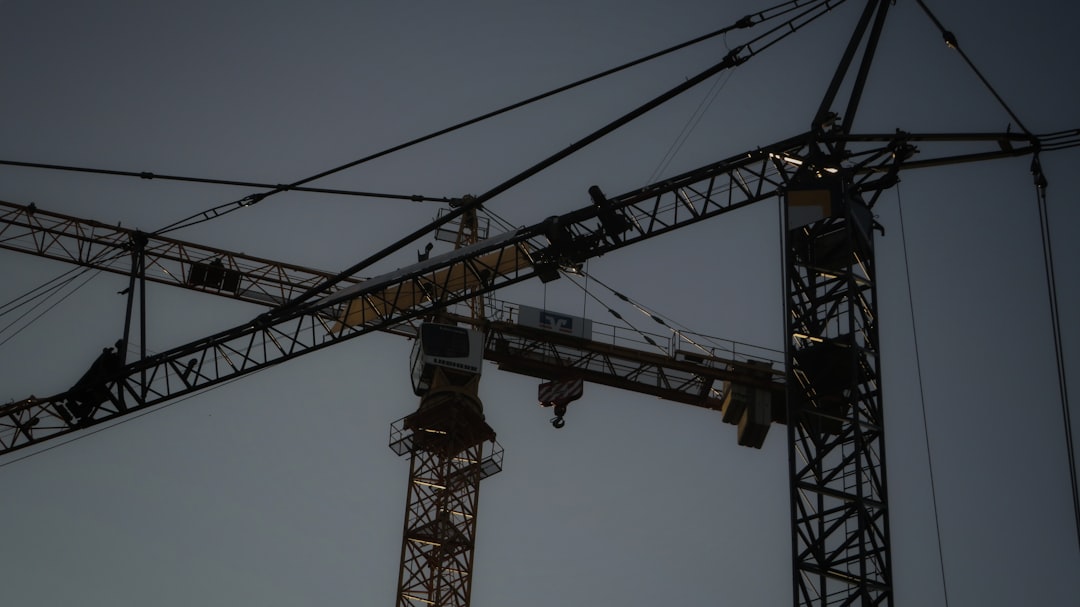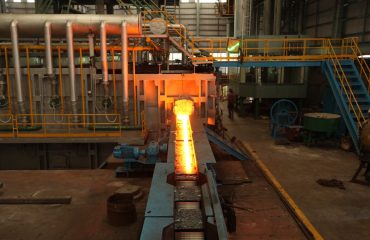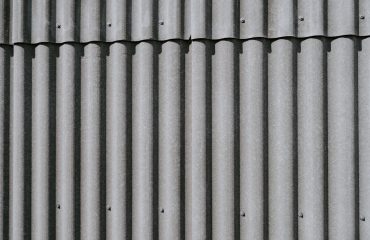body {
font-family: sans-serif;
line-height: 1.6;
margin: 20px;
}
h1, h2 {
color: #333;
}
img {
max-width: 100%;
height: auto;
display: block;
margin: 20px auto;
}
The construction industry is undergoing a significant transformation, driven by the need for sustainable practices, faster construction times, and improved building performance. Hybrid construction, a revolutionary approach that blends traditional methods with modern techniques and materials, is leading this charge. This comprehensive guide explores the multifaceted world of hybrid construction, delving into its various aspects and showcasing its potential to reshape the future of building.
Understanding the Core Principles of Hybrid Construction
Hybrid construction isn’t simply about combining two different materials; it’s a strategic approach that leverages the strengths of various methods and materials to optimize the overall building process and performance. For instance, a project might utilize steel framing for its structural integrity, coupled with prefabricated modular components for faster assembly and reduced on-site labor. This synergy allows builders to overcome the limitations of traditional methods, leading to projects that are stronger, more efficient, and more sustainable. The key is careful planning and selection of materials to ensure compatibility and optimal performance.
Common Hybrid Construction Methods: A Detailed Look
Several hybrid construction methods are gaining popularity. One prominent example is the combination of steel and concrete. Steel’s strength and flexibility are utilized for the frame, while concrete provides fire resistance and stability. Another popular method involves integrating timber framing with modern engineered wood products like cross-laminated timber (CLT). CLT offers superior strength and dimensional stability compared to traditional timber, making it an ideal choice for multi-story buildings. Furthermore, the use of prefabricated components, such as modular units, in conjunction with traditional in-situ construction is becoming increasingly common. This allows for a faster construction process and better quality control.
Exploring the Diverse Materials Used in Hybrid Construction
The beauty of hybrid construction lies in its versatility. It can accommodate a wide range of materials, including steel, concrete, timber, masonry, and various composite materials. The choice of materials depends on factors such as project requirements, budget, environmental considerations, and local regulations. For example, sustainable materials like bamboo or recycled steel can be integrated into the design to minimize the environmental impact. The use of high-performance concrete, with its enhanced strength and durability, is also becoming more prevalent. This flexibility in material selection allows for tailored solutions to meet specific project needs.
The Environmental Impact and Sustainability Advantages
Hybrid construction offers significant environmental advantages. The strategic use of materials can reduce waste, minimize energy consumption during construction, and create more sustainable buildings. For instance, incorporating prefabricated components reduces on-site waste and construction time, thereby lowering carbon emissions. The use of sustainably sourced timber or recycled materials further enhances the environmental profile of the project. Moreover, hybrid structures can be designed to be more energy-efficient, reducing operational costs and minimizing their long-term environmental footprint. This commitment to sustainability is increasingly crucial in the face of growing environmental concerns.
Future Trends and Innovations in Hybrid Construction
The future of hybrid construction looks bright, with ongoing innovations and technological advancements constantly pushing the boundaries of what’s possible. The integration of Building Information Modeling (BIM) and advanced digital fabrication techniques is streamlining the design and construction process. The development of new composite materials with enhanced properties is also paving the way for more innovative and sustainable structures. Furthermore, the increasing adoption of automation and robotics in construction is expected to improve efficiency and reduce construction times. These advancements promise to make hybrid construction even more efficient, sustainable, and cost-effective in the years to come.
Hybrid construction represents a significant leap forward in building technology, offering a pathway to more sustainable, efficient, and resilient structures. By combining the best aspects of different methods and materials, this approach is transforming the construction industry and shaping the future of our built environment.
Tags: Hybrid Construction, Sustainable Construction, Prefabricated Construction, Modular Construction, Green Building




